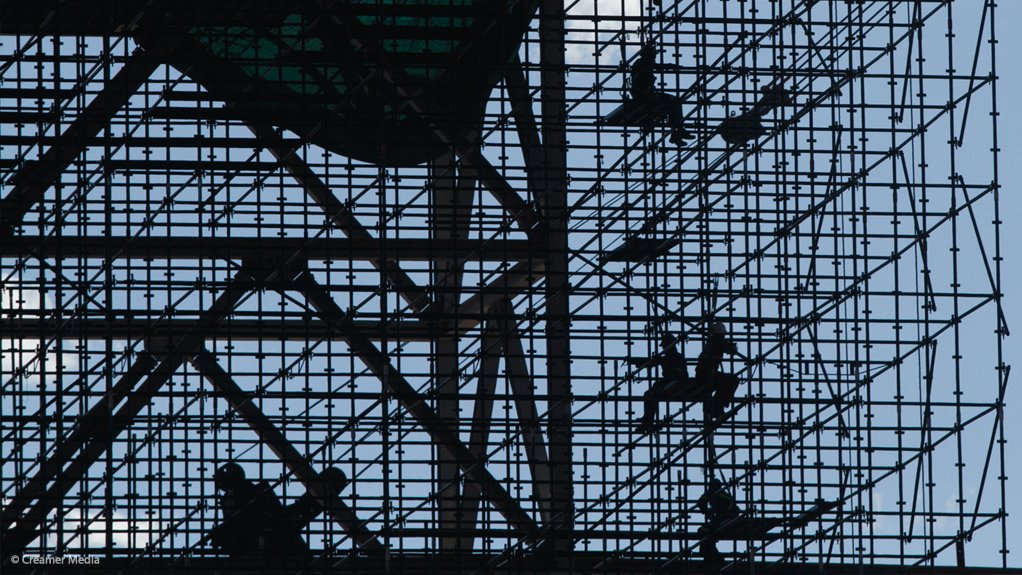The government’s infrastructure programme is helping combat the effects of the recession and sparking new investment deals, says Economic Development Minister Ebrahim Patel.
He told an infrastructure cluster media briefing that a combination of investment, particularly in energy, transport and logistics, had lifted the investment rate to 19.2% of the gross domestic product (GDP) in the fourth quarter of 2013, compared with 18.9% a year earlier. It had also helped to create jobs.
Patel said the infrastructure build programme had played a key role in South Africa’s sustained economic growth since the 2008/09 downturn, with R1-trillion being spent on economic infrastructure.
Investment incentives through the Industrial Policy Action Plan had spurred about R143-billion in private sector investments, creating around 144 000 jobs, while 200 000 jobs had been retained in sectors that were either in distress or needed help in exporting. These included the automotive and textile sectors.
But Cabinet Ministers conceded that sluggish growth in agriculture, the need to import food and the lag between decision-making and action were stumbling blocks.
Patel said South Africa had also been badly hit by a slowdown in trade.
“Of all the Brics [Brazil, Russia, India, China and South Africa] countries, China and South Africa have the most trade-exposed profile – the percentage of trade to GDP – so when the [global] economy slows down, it hits very hard.”
On transport, Patel said the Rea Vaya bus rapid transit (BRT) system, which was introduced in Johannesburg in 2010, was transporting more than 40 000 people a day, while in Cape Town, the MyCiti BRT transported about 10 000 people daily.
Roads paving the way for more public transport were under way in Tshwane, in Gauteng, Rustenburg, in the North West, and eThekwini, in KwaZulu-Natal.
Twenty-five BRT buses were operating in Nelson Mandela Bay, in the Eastern Cape, while Polokwane, in Limpopo, Mangaung, in the Free State, Mbombela, in Mpumalanga, Msunduzi, in KwaZulu-Natal, and Ekurhuleni, in Gauteng, were finalising operational plans and designs for public transport.
Transport Minister Dipuo Peters said feasibility studies were under way on the possibility of extending the Gautrain to Mamelodi, in Tshwane, and Naledi, in Soweto.
About 50 000 people currently used the Gautrain.
Peters called on commuters to use the feeder bus service connecting suburbs with the Gautrain, as she said these were under-used.
“The Gautrain system was tailored so that it starts at the nearest point to your home. We wish it could be better used.”
Peters said there was an urgent need to refurbish existing Metro rail trains, which were more than 50 years old. An announcement on building new trains would be made towards the end of March.
On the energy front, Patel said the construction of the Medupi and Kusile power stations had progressed, with Medupi set to deliver power in 2014 and Kusile in 2015.
The Ingula pumped storage scheme will be State-owned power utility Eskom’s third such scheme with an output of 1 332 MW, mostly used during peak demand periods.
Investment in these three projects was estimated at R250-billion.
EMAIL THIS ARTICLE SAVE THIS ARTICLE
To subscribe email subscriptions@creamermedia.co.za or click here
To advertise email advertising@creamermedia.co.za or click here











